Untitled
1/36
Earn XP
Description and Tags
EARTH SCI EXAM REVIEW VOCAB
Name | Mastery | Learn | Test | Matching | Spaced |
|---|
No study sessions yet.
37 Terms
Dew point
Temperature at which condensation begins
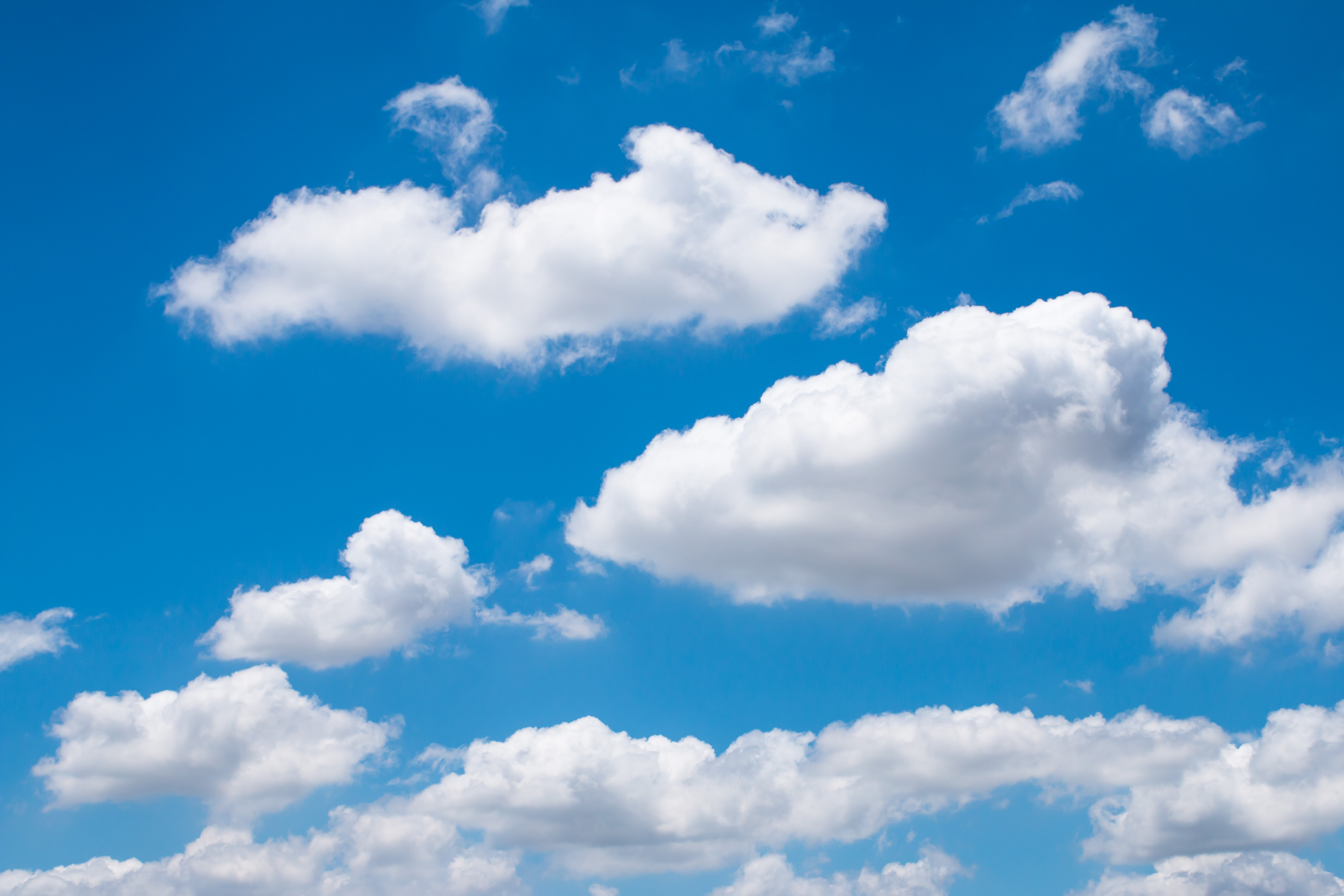
Cumulus
Clouds that form at low altitudes and indicate fair weather
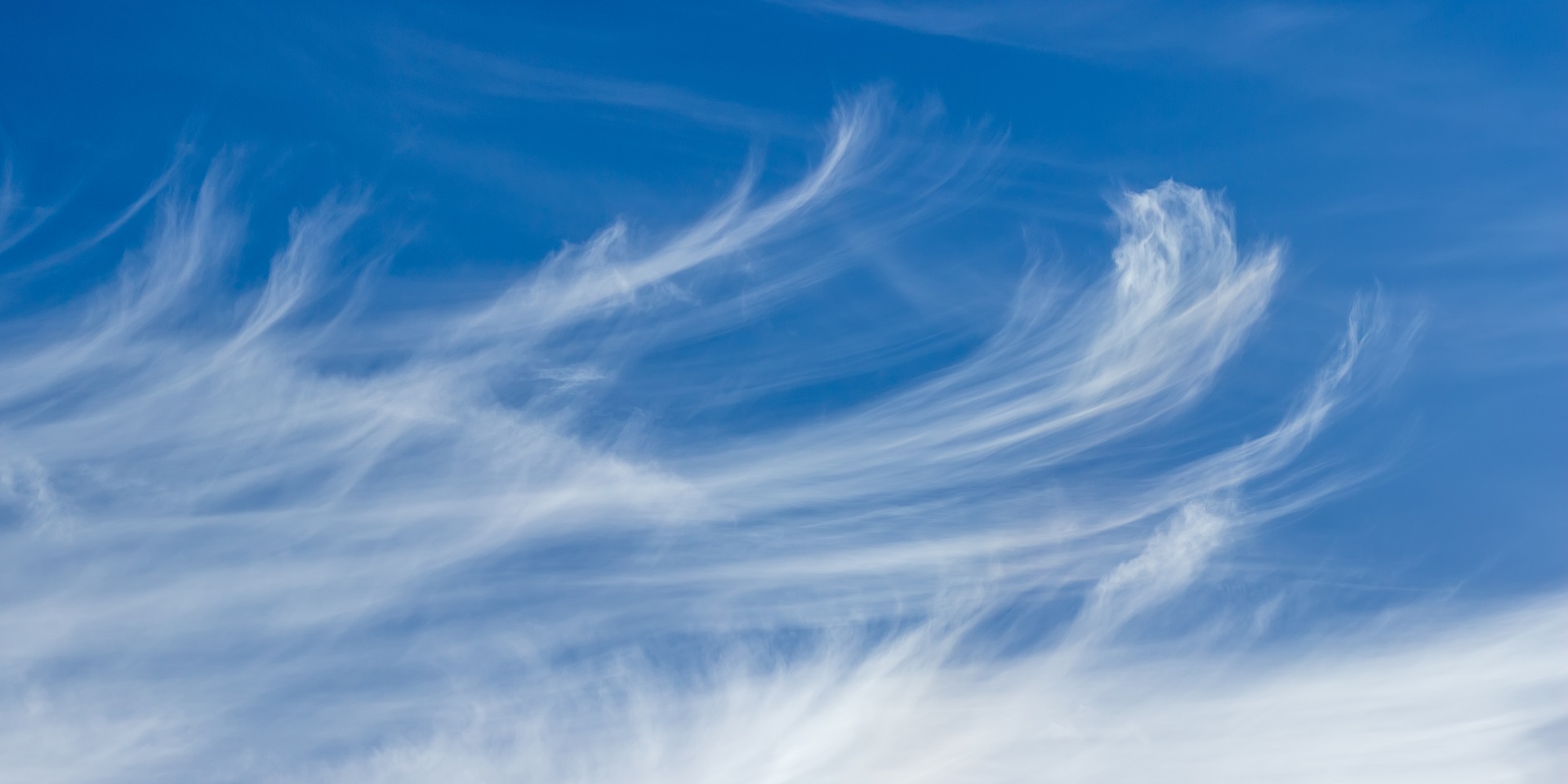
Cirrus
Clouds that form at high altitudes, made of ice crystals, and indicate fair/good weather

Stratus
Clouds that form at low to middle altitudes, produce drizzle, rain or snow

Cumulonimbus
Clouds associated with extreme weather such as heavy downpours, hail storms, lightning, and tornadoes
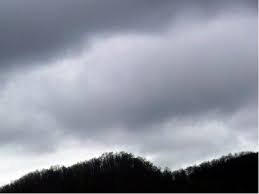
Nimbostratus
Clouds that indicate continuous moderate rain or snow

Altostratus
Indicates precipitation later in the day. Higher then stratus lower then cirrus
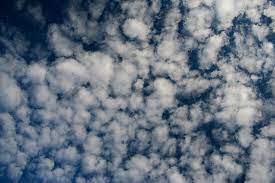
Altocumulus
Indicates precipitation later in the day. Higher then cirrus
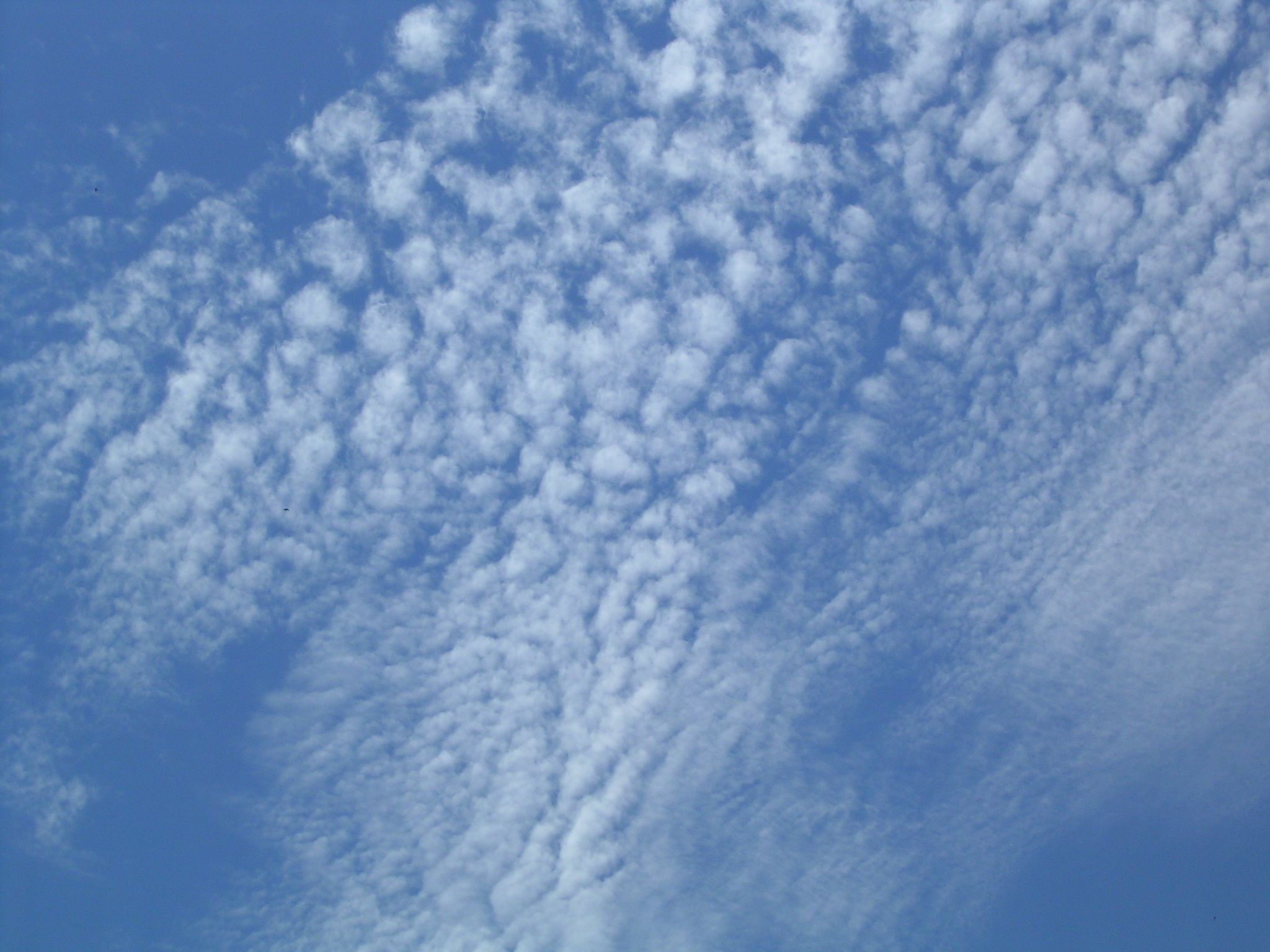
Cirrocumulus
Indicates a storm is on its way.

Fog
Low clouds at ground level.
Precipitation
Any form of water that falls from clouds and reaches Earth’s surface.
Rain gauge
Used to determine the amount of rain that falls in a particular area.
Freezing rain
Raindrops fall as liquid but freeze when they come into contact with a cold surface.
Sleet
Raindrops fall through air that is 0C, freezing the water to solid.
Hail
Only forms inside cumulonimbus during a thunderstorm.
Snow
Water vapor that changes directly to ice crystals.
Flood
Overflowing of water in a normally dry area.
Drought
Caused by dry weather systems that remain in one place for weeks or months at a time.
Dam
Barrier across a river that redirects the flow or stores floodwaters
Levee
Embankment built along a river to prevent flooding of surrounding land.
Weather
The condition of the earth's atmosphere at a particular time and place. It constantly changes
Atmosphere
The envelope of gases surrounding the planet.
Water vapor
A gas that cannot be seen. If you see water in the air, it is precipitating, cloudy, or steam.
Density
The amount of mass per unit of volume.
Air pressure
The force pushing on an area or surface.
Barometer
Used to measure pressure. There are two types, mercury and aneroid.
Altitude
The elevation above sea level.
Troposphere
Layer where weather occurs, contains most mass
Stratosphere
Layer containing the ozone layer, protects from ultraviolet radiation
Mesosphere
Middle layer. Protects Earth's surface from being hit by meteoroids.
Thermosphere
Outermost layer. You don't feel it because the air moves so fast.
Convection
The transfer of heat by the movement of a fluid between areas of differing temperatures and therefore density.
Radiation
Direct transfer of energy by electromagnetic waves. Can't see it but you can feel it (Ex:warming of your skin by the sun's rays/heat).
Conduction
Transfer of heat directly between two substances. Occurs best when molecules are in close contact with each other.
Greenhouse effect
A process that occurs when gases in Earth's atmosphere trap the Sun's heat.
Temperature
The average amount of energy of motion of each particle of a substance.
Thermal energy
Measures the total energy of motion in the particles of a substance (mass of a substance).